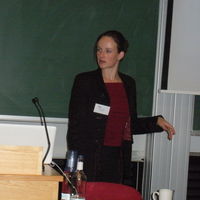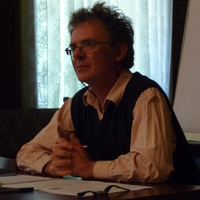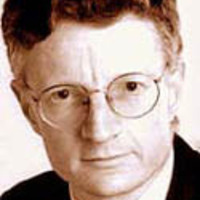Are dream emotions fitting?
Philosophical psychology, May 26, 2024
(with M. Rosen) When we dream, we feel emotions in response to objects and events that exist only... more (with M. Rosen) When we dream, we feel emotions in response to objects and events that exist only in the dream. One key question is whether these emotions can be said to be “essentially unfitting”, that is, always inappropriate to the evoking scenario. However, how we evaluate dream emotions for fittingness may depend on the model of dreams we adopt: the imagination or the hallucination model. If fittingness requires a match between emotion and evaluative properties of objects or events, it is prima facie plausible that dream emotions could fail to fit under the imagination model because it is unfitting to have an emotion toward an object we do not believe to be real. Under the hallucination model, dream emotions could be unfitting because their objects do not exist but we believe them to be real. More nuance, however, is required. By comparing dream emotions with the emotions we experience while imagining, engaging with fiction, and hallucinating, we conclude that although there are compelling arguments in support of the claim that dream emotions are essentially unfitting, these arguments are not entirely convincing, and it is more plausible that particular dream emotions can be assessed for fittingness under either model of dreaming.











Uploads
Papers by Melanie Rosen
an external or ‘observer’ perspective. By relating the issue of perspective in dreams to established research traditions in the study of memory and imagery, and noting the flexibility of perspective in dreams, we identify new lines of enquiry. In other dreams, the dreamer does not appear to figure at all, and the first person perspective on dream events is occupied by someone else, some other person or character. We call these puzzling cases ‘vicarious dreams’ and assess some potential ways to make sense of them. Questions about self-representation and perspectives in dreams are intriguing in their own right and pose empirical and conceptual problems about the nature of self-representation with
implications beyond the case of dreaming.